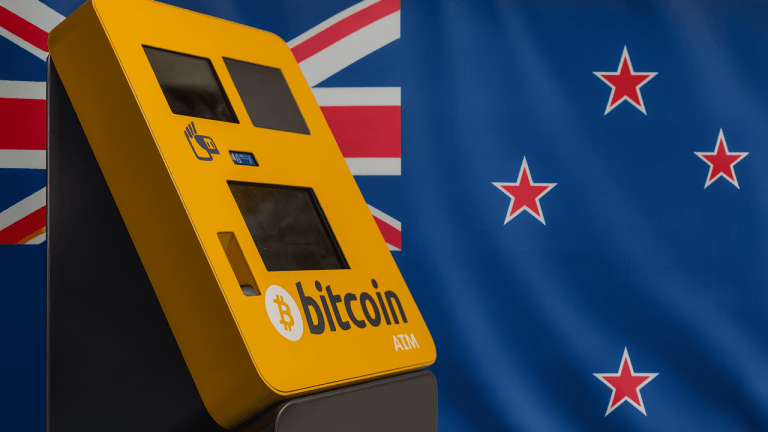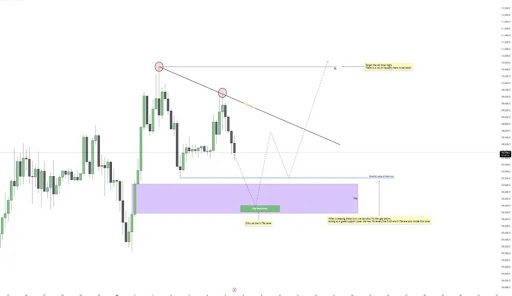Say Goodbye to the Centralized Metaverse and Hello to the NFT Metaverse
The centralized metaverse is a term used to describe the dominant model of virtual worlds that was developed by companies like Linden Lab. The centralized metaverse has been around for over 20 years and has become a big part of people’s lives.
In the early days of the Internet, there were many different ways to interact with websites. Some people used browsers while others used separate applications like Netscape Navigator or Internet Explorer. Some people even had their own custom-built applications that they would use exclusively for interacting with certain websites.
Eventually, however, all these different interfaces converged into one single interface: the browser. And once this happened, we realized that having multiple interfaces for accessing the same content was not only confusing but also inefficient. So we decided to standardize on one interface — HTML — and build everything else off of it. This is how we standardized on a single web browser and built everything else off of it: email clients, social media platforms, news aggregators…the list goes on and on.
The Metaverse: The Evolution of the Internet
What if instead of building everything else off of HTML we had built everything else off of another technology? What if instead of building email clients and social media platforms off of HTML, we had built them on blockchain? It turns out that having an immutable ledger as your foundation makes a lot more sense, as it means that users maintain complete ownership of their assets.
Next Earth is pioneering the next evolution of the metaverse. It’s a decentralized metaverse that allows users to own and monetize digital assets, via a virtual replica of Earth.
The Next Earth team is working hard to build a better metaverse, one where users can own their digital assets, developers have access to a powerful development toolkit, and value is created for both NFT collectors and creators.
So what does this have to do with the death of the centralized metaverse? Well, in order for us to move from one model — where all our content is hosted by one company — to another model — where all our content is decentralized — we are going to have to abandon some things along the way because they are no longer necessary in a decentralized world.
The Issues With Centralized Metaverses
The centralized metaverse has been plagued by a number of issues over the years, primarily relating to the lack of self-ownership of your own assets.
The main issue with centralized virtual worlds is that they are controlled by a single entity. This means that one person or group can take complete control of the metaverse and dictate how it operates. In Earth2, for example, there is only one estate owner in the end – Earth2 itself – who controls everything in the game world. This includes all land parcels, buildings, and even where other players can build their own structures. All of the assets have to be hosted on Earth2’s servers and are not their own entities.
This centralized control structure means that malicious actors could access these worlds and use them in ways they never intended. This is why many players prefer decentralized NFT metaverses like Next Earth over centralized ones like Earth2 or Facebook.
Besides the lack of self-ownership, centralized metaverses also suffer from another major problem: censorship. In Earth2, for example, the centralized owners can censor content or remove it altogether if they choose to do so. This means that not only is freedom of speech restricted in these games, but also any and all forms of art and expression.
In fact, centralized firms even have the power to delete other players from their game world entirely, much like how China has been using its centralized social media platforms to purge undesirable citizens over the past few years.
The main issue with centralized metaverses is that they are controlled by a single entity. This means that one person or group can take complete control of the metaverse and dictate how it operates. As more and more people come to this realization, we’ll see the growth of the NFT metaverse.
Photo by Executium on Unsplash

